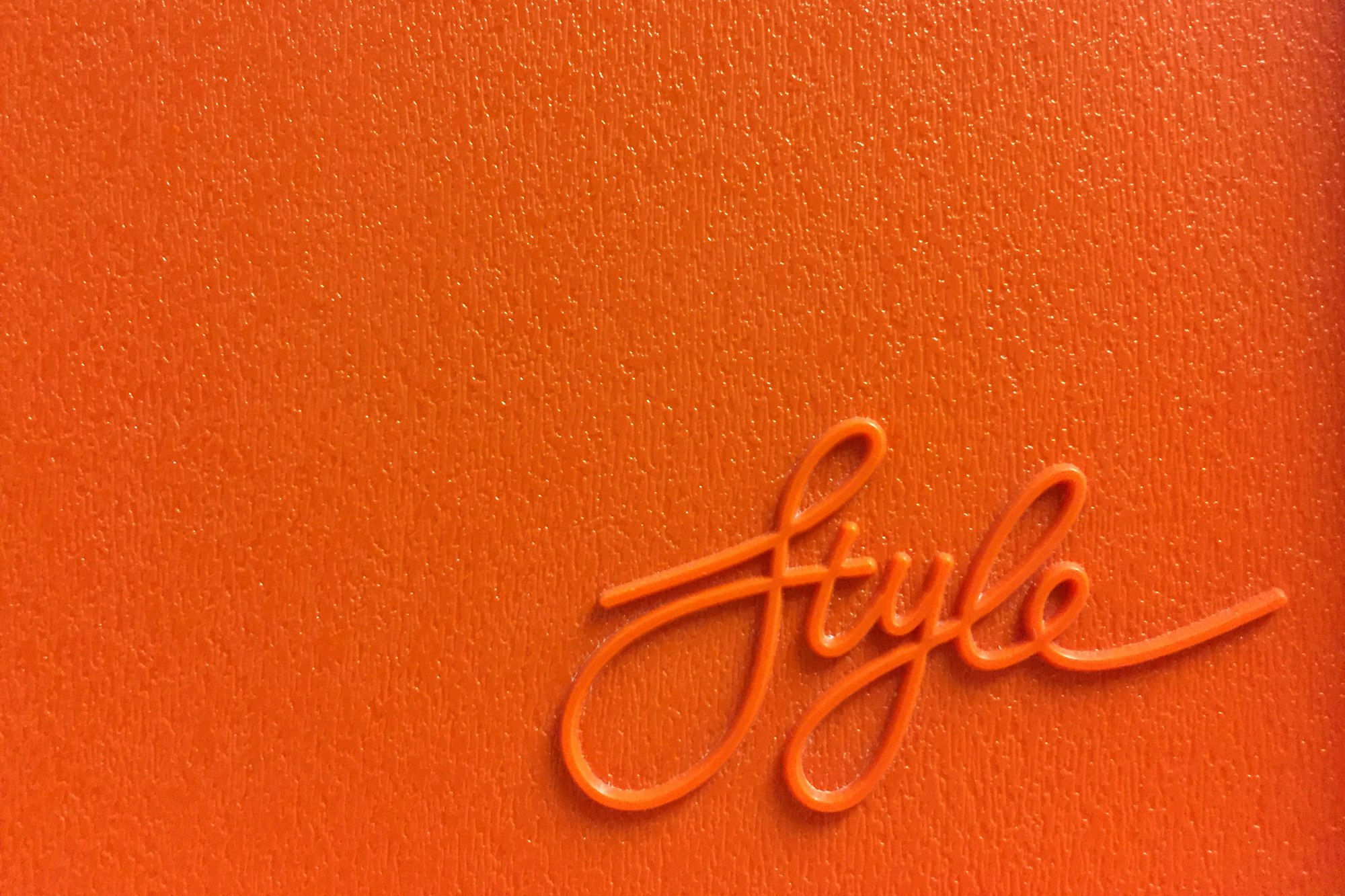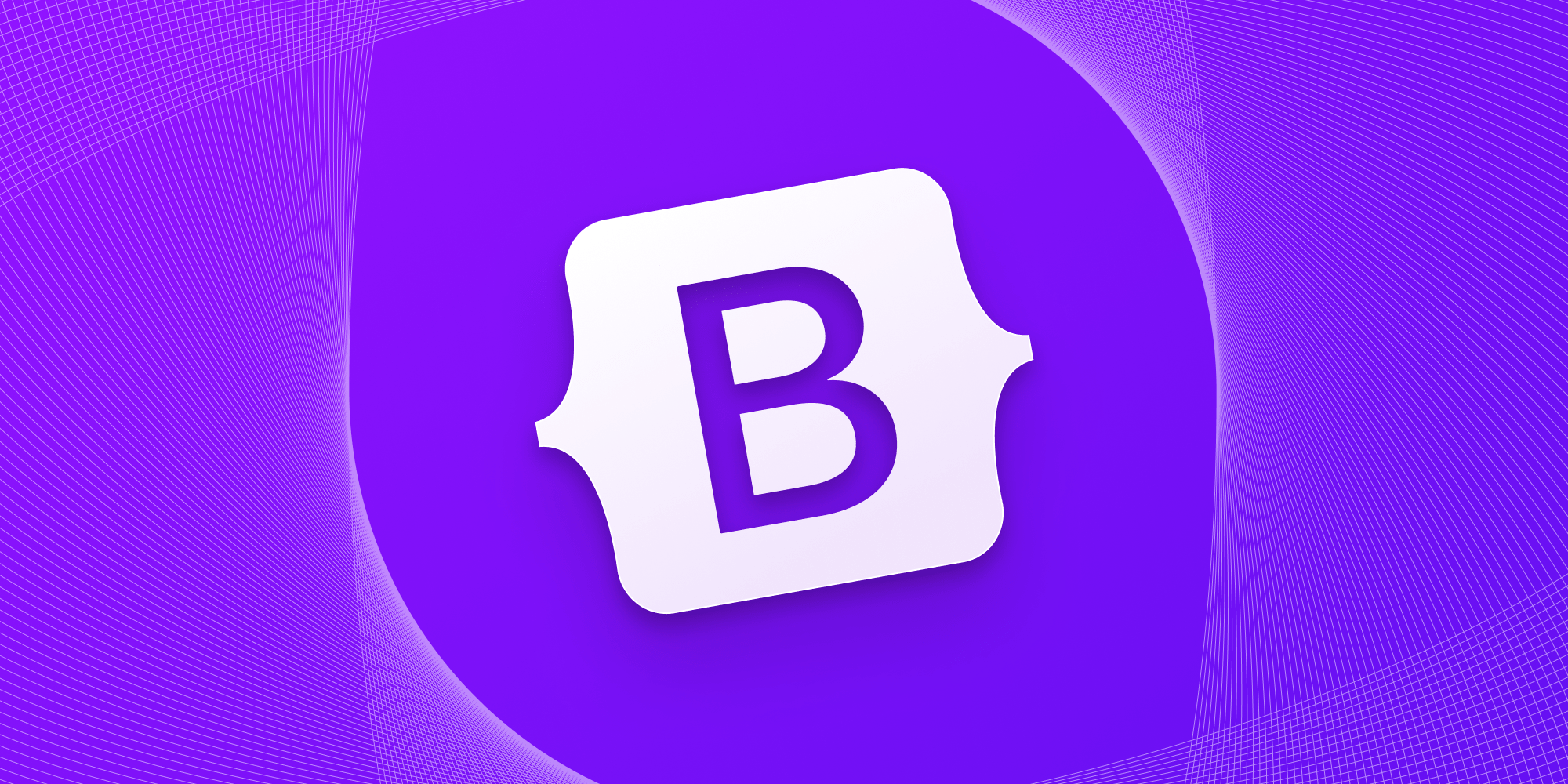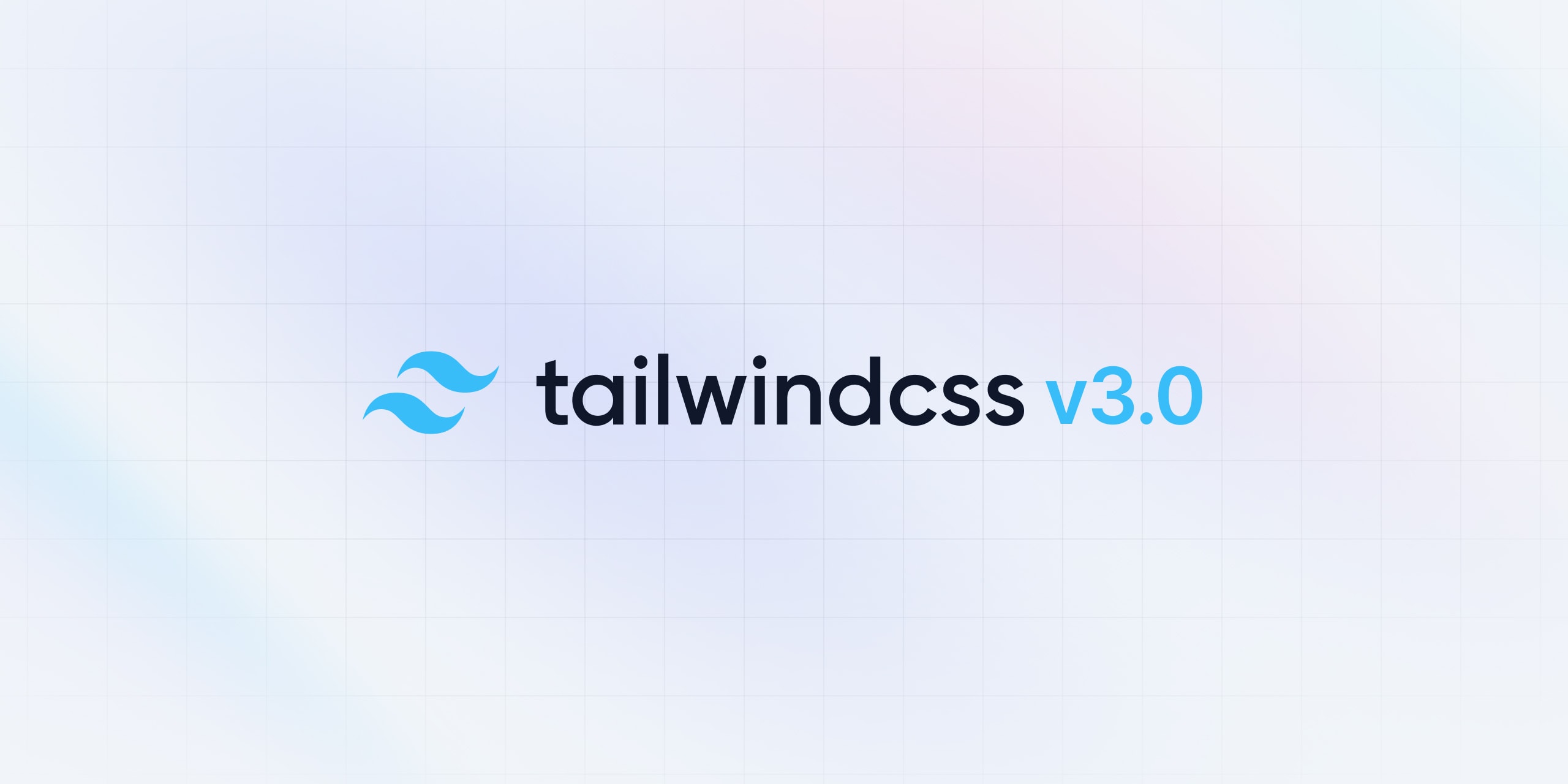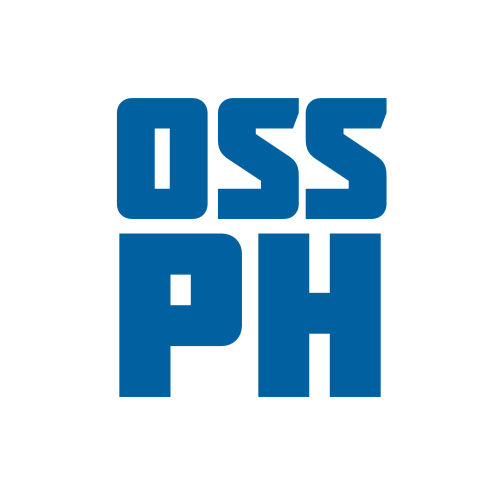Top Open-Source CSS Framework You Can Easily Use For Your Next Project
Cascading Style Sheets (CSS) is a fundamental technology used to design and style web pages. It defines how elements on a web page should be displayed, including their layout, color, font, and other visual attributes.

Cascading Style Sheets (CSS) is a fundamental technology used to design and style web pages. It defines how elements on a web page should be displayed, including their layout, color, font, and other visual attributes. To make the process of creating and styling web pages easier, several open-source CSS frameworks have emerged over the years. These frameworks provide pre-built CSS code that web developers can use to create responsive and visually appealing web pages quickly. In this article, we'll explore the top 10 open-source CSS frameworks and their pros and cons.
Bootstrap

Bootstrap is the most popular and widely used open-source CSS framework. It was developed by Twitter and is now maintained by a community of developers. Bootstrap provides a responsive grid system, pre-built UI components, and JavaScript plugins. It is easy to use, customizable, and works well with all modern web browsers. However, Bootstrap's popularity means that many websites look the same, making it harder to create a unique design.
Foundation

Foundation is another popular open-source CSS framework that offers a flexible grid system, pre-built UI components, and JavaScript plugins. It is highly customizable and provides many customization options. Foundation also has excellent documentation and community support. However, Foundation's learning curve is steeper than Bootstrap, and it can be more challenging to customize.
Semantic UI

Semantic UI is a modern CSS framework that uses human-friendly HTML. It provides a comprehensive set of pre-built UI components and an intuitive grid system. Semantic UI has a modular design, making it easy to customize and extend. However, Semantic UI's documentation is not as comprehensive as Bootstrap or Foundation, and it has a smaller community.
Materialize

Materialize is a responsive CSS framework that uses Google's Material Design. It provides pre-built UI components and a flexible grid system. Materialize is easy to use and highly customizable. However, Materialize's customization options are limited compared to other frameworks, and it is not as popular as Bootstrap or Foundation.
Bulma

Bulma is a modern CSS framework that emphasizes simplicity and flexibility. It provides a responsive grid system and a comprehensive set of UI components. Bulma is easy to learn, highly customizable, and works well with all modern web browsers. However, Bulma's documentation is not as comprehensive as Bootstrap or Foundation, and it has a smaller community.
Tailwind CSS

Tailwind CSS is a modern CSS framework that provides a utility-first approach to styling web pages. It provides a comprehensive set of utility classes that can be used to create any design. Tailwind CSS is highly customizable and works well with all modern web browsers. However, its approach to styling can be challenging for developers who prefer a more traditional approach.
UIKit

UIKit is a lightweight and modular CSS framework that provides a comprehensive set of UI components and a flexible grid system. It is highly customizable and provides excellent performance. However, UIKit's documentation is not as comprehensive as Bootstrap or Foundation, and it has a smaller community.
Spectre.css

Spectre.css is a lightweight and responsive CSS framework that provides a comprehensive set of UI components and a flexible grid system. It is highly customizable, easy to use, and provides excellent performance. However, Spectre.css's customization options are limited compared to other frameworks, and it is not as popular as Bootstrap or Foundation.
Material Design Lite
Material Design Lite is a lightweight and responsive CSS framework that uses Google's Material Design. It provides pre-built UI components and a flexible grid system. Material Design Lite is easy to use and highly customizable. However, Material Design Lite's customization options are limited compared to other frameworks, and it is not as popular as Bootstrap or Foundation.
Pure

Pure is a lightweight and minimalistic CSS framework that provides a responsive grid system and a set of basic UI components. It is highly customizable and has excellent performance. Pure is easy to learn and works well with all modern web browsers. However, its limited set of UI components may not be sufficient for complex web projects.
There are many open-source CSS frameworks available, each with its pros and cons. Bootstrap and Foundation are the most popular and widely used frameworks, while newer frameworks like Tailwind CSS and Bulma offer more modern approaches to styling. Semantic UI and UIKit provide a comprehensive set of UI components, while Spectre.css and Material Design Lite offer lightweight and responsive frameworks. Finally, Pure provides a minimalistic approach to styling web pages. Ultimately, the best CSS framework for your project will depend on your specific needs and preferences.
About the author
Joff Tiquez, hailing from Manila, Philippines, is the individual behind the establishment of OSSPH. He is a web developer who strongly supports open source and has been overseeing projects like Vue Stripe for an extended period. To get in touch with Joff, you can visit https://bento.me/jofftiquez.










